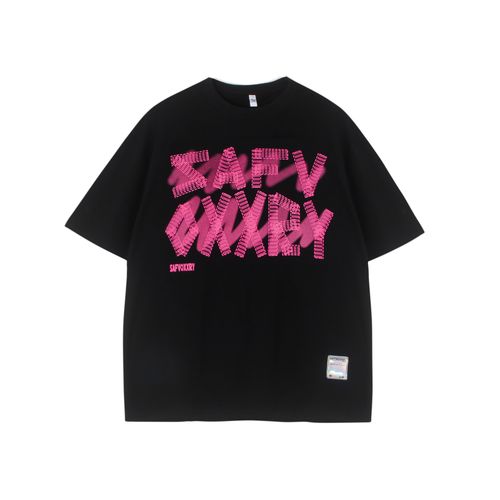It is very important to choose clothing materials that are suitable for your baby. The following is an introduction to some common baby clothing materials and their suitability:
1. Pure cotton: Pure cotton is one of the most common and widely used materials for baby clothing. It is soft, breathable and hygroscopic, making it perfect for your baby’s delicate skin. Cotton fabrics are also generally more durable and can withstand frequent washing.
2. Organic cotton: Organic cotton refers to clothing produced using natural cotton without pesticides and chemical treatment. Due to the absence of pollutants, organic cotton is more friendly to baby’s skin. It has no residual pesticides or chemicals, making it a great choice for babies who are prone to allergies.
3. Yarn/linen: Yarn or linen fabric has good air permeability and moisture absorption, and is suitable for wearing in summer or warm seasons. They are natural, comfortable and keep your baby’s skin dry.
4. Wool: Wool is a material with excellent thermal insulation properties and is suitable for keeping babies warm in cold seasons. However, it should be noted that some babies may feel itchy or allergic to wool, so observe your baby’s reaction when choosing and wearing wool clothing.
5. Silk: Silk material is soft and smooth, has good breathability, and is suitable for use in warm seasons. However, silk is fragile and requires careful care and cleaning.
In addition to the above common materials, there are also some blended fabrics, such as cotton and polyester fiber blends, which can improve the durability and wrinkle resistance of clothing. . No matter which material you choose, make sure it meets your baby’s needs for comfort, breathability and moisture absorption. At the same time, confirm whether the clothes meet the standards for infants and young children, and pay close attention to the baby’s reaction. If there is any discomfort or allergy, they should be replaced in time.





